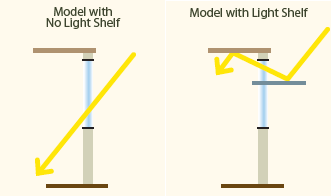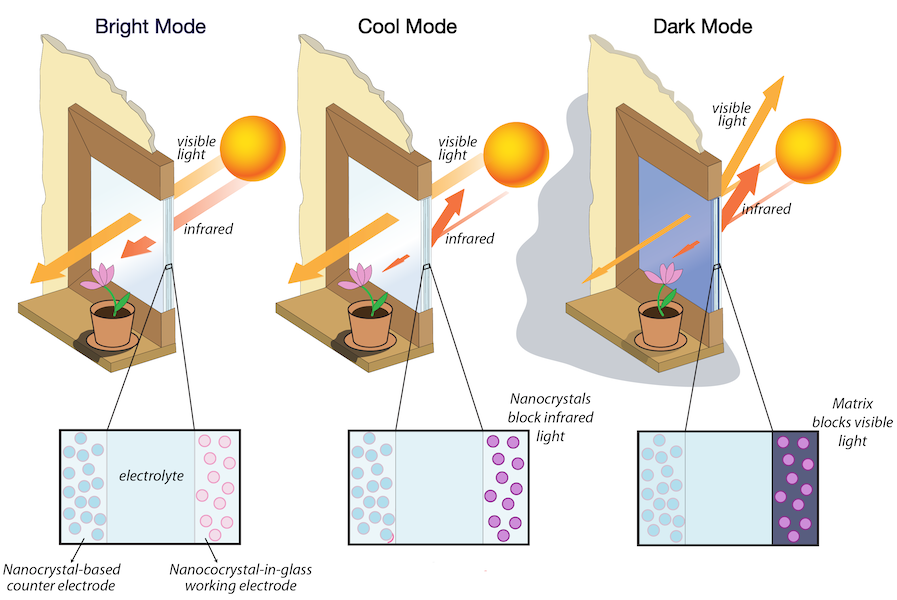 | 1 | initial version |
You mentioned that you have achieved 50% savings from 90.1 2007, so I trust you have already looked at the ASHRAE Advanced Energy Design Guides (AEDG)? If you haven't, you may want to look at them. They don't have any large residential guides, but you may still get some helpful ideas specific to your climate zone:
https://www.ashrae.org/standards-research--technology/advanced-energy-design-guides/50-percent-aedg-free-download
Have you checked out Tom Hootman's Book 'Net Zero Energy Design: A Guide for Commercial Architecture '? Again, not specific to residential buildings, but gives a good overview of NZE strategies.
I'm pretty new to net zero design as well, but I'll give a shot at some other strategies that might want to researched:


 | 2 | No.2 Revision |
You mentioned that you have achieved 50% savings from 90.1 2007, so I trust you have already looked at the ASHRAE Advanced Energy Design Guides (AEDG)? If you haven't, you may want to look at them. They don't have any large residential guides, but you may still get some helpful ideas from those guides specific to your climate zone:
https://www.ashrae.org/standards-research--technology/advanced-energy-design-guides/50-percent-aedg-free-download
Have you checked out Tom Hootman's Book 'Net Zero Energy Design: A Guide for Commercial Architecture '? Architecture'? Again, not specific to residential buildings, but gives a good overview of NZE strategies.
I'm pretty new to net zero design as well, but I'll give a shot at some other strategies that might want to researched:


 | 3 | No.3 Revision |
You mentioned that you have achieved 50% savings from 90.1 2007, so I trust you have already looked at the ASHRAE Advanced Energy Design Guides (AEDG)? If you haven't, you may want to look at them. They don't have any large residential guides, but you may still get some helpful ideas from those guides specific to your climate zone:
https://www.ashrae.org/standards-research--technology/advanced-energy-design-guides/50-percent-aedg-free-download
Have you checked out Tom Hootman's Book 'Net Zero Energy Design: A Guide for Commercial Architecture'? Again, not specific to residential buildings, but gives a good overview of NZE strategies.
I'm pretty new to net zero design as well, but I'll give a shot at some other strategies that might want to researched:


 | 4 | No.4 Revision |
You mentioned that you have achieved 50% savings from 90.1 2007, so I trust you have already looked at the ASHRAE Advanced Energy Design Guides (AEDG)? If you haven't, you may want to look at them. They don't have any large residential guides, but you may still get some helpful ideas from those guides specific to your climate zone:
https://www.ashrae.org/standards-research--technology/advanced-energy-design-guides/50-percent-aedg-free-download
Have you checked out Tom Hootman's Book 'Net Zero Energy Design: A Guide for Commercial Architecture'? Again, not specific to residential buildings, but gives a good overview of NZE strategies.strategies:
https://www.amazon.com/Net-Zero-Energy-Design-Architecture/dp/1118018540
I'm pretty new to net zero design as well, but I'll give a shot at some other strategies that might want to researched:


 | 5 | No.5 Revision |
You mentioned that you have achieved 50% savings from 90.1 2007, so I trust you have already looked at the ASHRAE Advanced Energy Design Guides (AEDG)? If you haven't, you may want to look at them. They don't have any large residential guides, but you may still get some helpful ideas from those guides specific to your climate zone:
https://www.ashrae.org/standards-research--technology/advanced-energy-design-guides/50-percent-aedg-free-download
Have you checked out Tom Hootman's Book 'Net Zero Energy Design: A Guide for Commercial Architecture'? Again, not specific to residential buildings, but gives a good overview of NZE strategies: https://www.amazon.com/Net-Zero-Energy-Design-Architecture/dp/1118018540
I'm pretty new to net zero design as well, but I'll give a shot at some other strategies that might want to researched:


 | 6 | No.6 Revision |
You mentioned that you have achieved 50% savings from 90.1 2007, so I trust you have already looked at the ASHRAE Advanced Energy Design Guides (AEDG)? If you haven't, you may want to look at them. They don't have any large residential guides, but you may still get some helpful ideas from those guides specific to your climate zone:
https://www.ashrae.org/standards-research--technology/advanced-energy-design-guides/50-percent-aedg-free-download
Have you checked out Tom Hootman's Book 'Net Zero Energy Design: A Guide for Commercial Architecture'? Again, not specific to residential buildings, but gives a good overview of NZE strategies: https://www.amazon.com/Net-Zero-Energy-Design-Architecture/dp/1118018540
I'm pretty new to net zero design as well, but I'll give a shot at some other strategies that might want to researched:


 | 7 | No.7 Revision |
You mentioned that you have achieved 50% savings from 90.1 2007, so I trust you have already looked at the ASHRAE Advanced Energy Design Guides (AEDG)? If you haven't, you may want to look at them. They don't have any large residential guides, but you may still get some helpful ideas from those guides specific to your climate zone:
https://www.ashrae.org/standards-research--technology/advanced-energy-design-guides/50-percent-aedg-free-download
Have you checked out Tom Hootman's Book 'Net Zero Energy Design: A Guide for Commercial Architecture'? Again, not specific to residential buildings, but gives a good overview of NZE strategies: https://www.amazon.com/Net-Zero-Energy-Design-Architecture/dp/1118018540
I'm pretty new to net zero design as well, but I'll give a shot at some other strategies that might want to researched:


